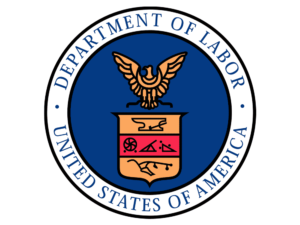This year, the federal government will not conduct the annual Agricultural Labor Survey used to set the Adverse Effect Wage Rate, while employer groups were unsure how that would affect H-2A wage mandates.
Each fall, the U.S. Department of Labor traditionally contracts with the U.S. Department of Agriculture to survey farmers about their base wages. The Department of Labor then uses the results to determine the Adverse Effect Wage Rate, or AEWR, a regional minimum wage employers must pay to contracted foreign guest workers under the H-2A visa program.
In late September, the federal government announced the Labor Department would not contract the survey. Agricultural groups were unsure what that meant for the long-term fate of AEWR, typically adjusted each year, said Michael Marsh, president of the National Council of Agricultural Employers. However, the current AEWR rates, which vary by region, will remain in place until the Labor Department either adjusts them or strikes them.
In public statements, labor groups — the United Farm Workers union and Farmworker Justice — decried the decision to drop the survey as an attempt to drive down wages.
The AEWR is intended to protect the wages of domestic workers from being underbid by H-2A workers. Agricultural employer groups have been asking the Department of Labor to only set AEWR if the agency can show evidence of that adverse effect. They argue that H-2A employment, which backfills a dearth of domestic labor, at times brings up the wages for everyone, Marsh said.
Washington and Oregon have the highest AEWR at $15.83 per hour.
The Department of Labor is in the midst of a rule change attempting to simplify and improve numerous aspects of the H-2A program. That process started last year.
—by Ross Courtney








Leave A Comment